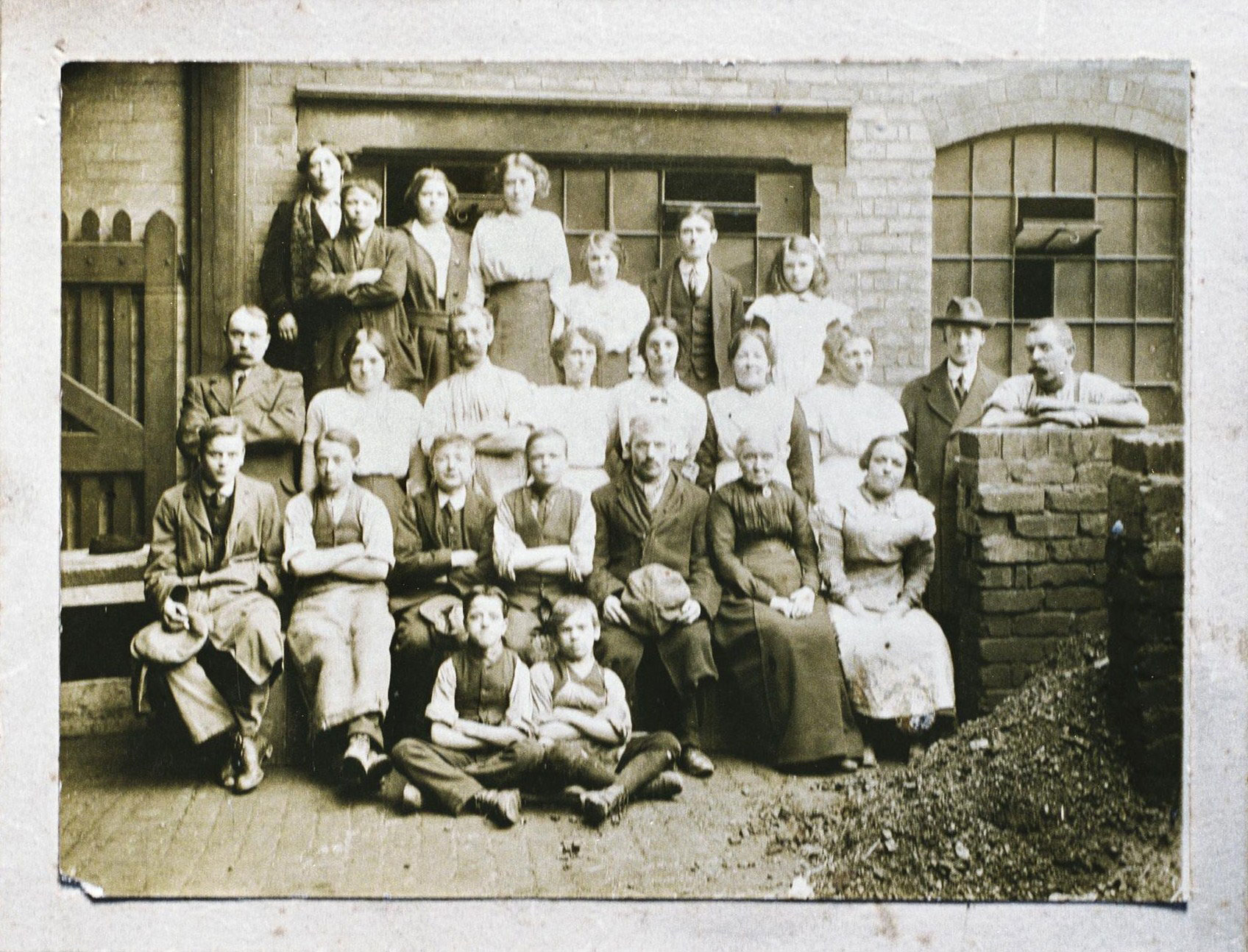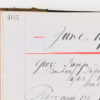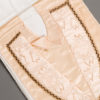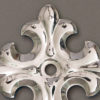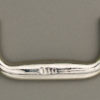
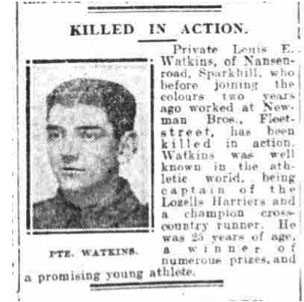
Lewis was born in 1892 in Sparkhill, Birmingham. By the age of 19, in 1911 he was a ‘Brass Polisher’ working at Newman Brothers. His dad, Edward, was also employed at a coffin furniture works, presumably also Newman Brothers. Although the identification is not certain, Lewis may appear in a photograph of the Newman Brothers workforce taken about 1912, in the front row at the extreme left.
A champion cross-country runner and winner of numerous prizes, Lewis was captain of the Lozells Harriers, with a promising future in athletics. However on 20th October 1915, with the First World War well underway, Lewis answered the call to enlist and joined the Royal Garrison Artillery (RGA). He had just turned 23 years old.
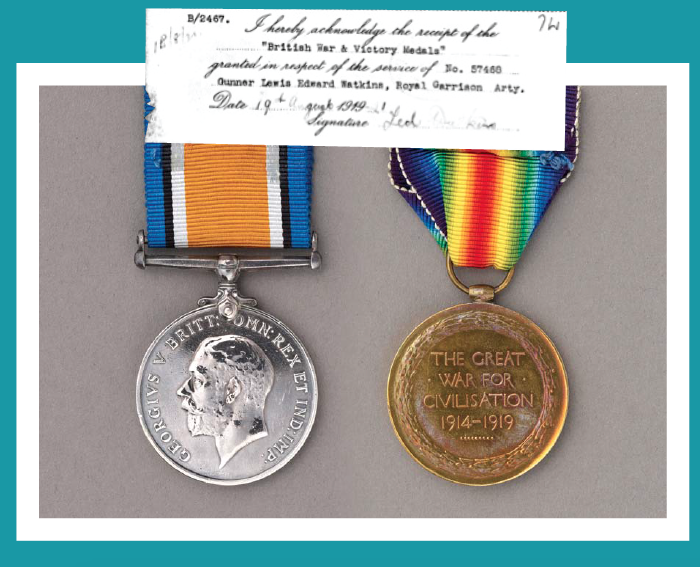 His service records tell us that Gunner Lewis Watkins progressed to ‘millwright’, which involved the maintenance of machinery. This is a skill he is likely to have already developed through his work at Newman Brothers.
His service records tell us that Gunner Lewis Watkins progressed to ‘millwright’, which involved the maintenance of machinery. This is a skill he is likely to have already developed through his work at Newman Brothers.
Lewis died on 26th September 1917, aged 25. The exact circumstances of his death are unknown but on that day his regiment was at Polygon Wood, engaged in an action that was part of the Battle of Passchendaele in Belgium. The Royal Garrison Artillery played a crucial role in allowing infantry divisions to advance behind German lines.
Lewis was posthumously awarded the British War and Allied Victory Medals, which were collected by his father on 19th August 1919.
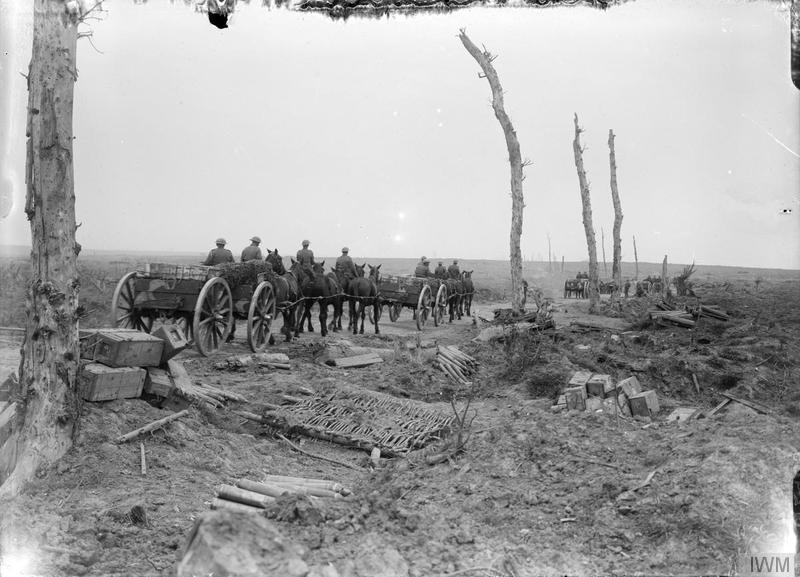
After over three months of brutal trench warfare, the Allied forces finally recaptured the village of Passchendaele. Around a third of a million British and Allied soldiers had been killed or wounded. A few days into the attack, Ypres suffered the heaviest rain for 30 years. – trenches and shelters turned to swamps. Many men, horses and pack mules drowned as a result.

The First World War at Newman Brothers
Research undertaken into the British Newspaper Archive for the period between 1914-1918, has enabled us to build a picture of the types of roles that existed at Newman Brothers, as well as an idea of the ‘gender balance’ and to some degree the age demographic at the company. All of our evidence has been taken from the Birmingham Mail for the period between 8th January 1914 to 5th December 1918. This covers the whole period of the First World War as well as the preceding five months and one month after the War had finished.
Key Findings From Our Research
The First World War brought death to the nation on an unparalleled scale. The lavish Victorian-style funeral became inappropriate, especially as nearly half of those who died fighting for the British Empire had no known burial place. The unspeakable horrors forced people to ‘bury’ their feelings, turning death into a more private affair rather than a public pageant. The drama of the funeral also declined, as horses, the main mode of funeral transport, were now needed at the Front. There was also a shortage of undertakers as it wasn’t an ‘exempt trade’ until 1918.
The call to enlist had an impact on Newman Brothers. During the biggest period of recruitment between 1914 and 1915, we see a peak of female staff working as polishers, platers and lacquerers.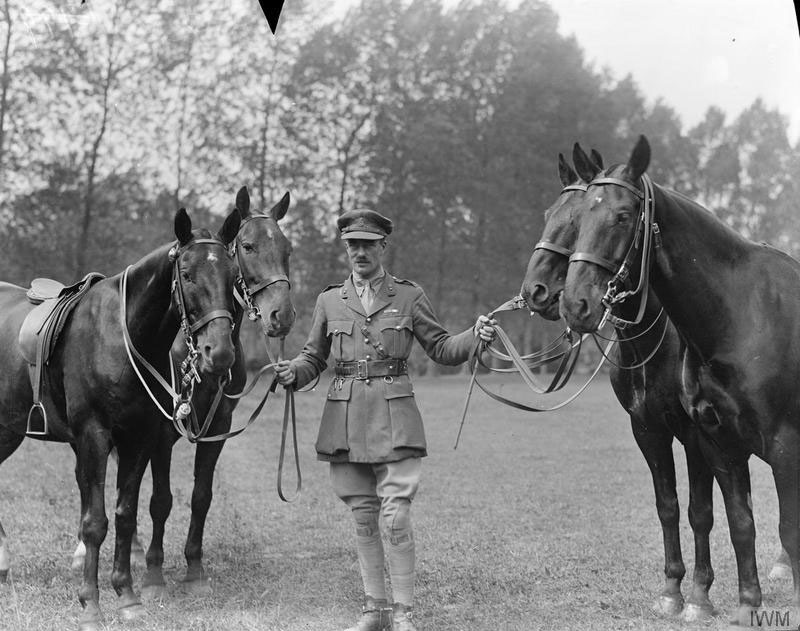
Newman Brothers advertised for 79 positions over the four-year period, which is roughly 20 a year. Within our four-year period, it’s interesting to note that Newman Brothers only advertise specifically for women once (in 1915), which is in reference to a polisher position. However, over that period, out of the 79 positions advertised, over half of them were aimed at girls. This is perhaps because they were the lowest paid employees in the coffin furniture industry and at Newman Brothers, with the increased demand to fill roles, especially after conscription in 1916, many young women were employed seemingly to keep costs down.



